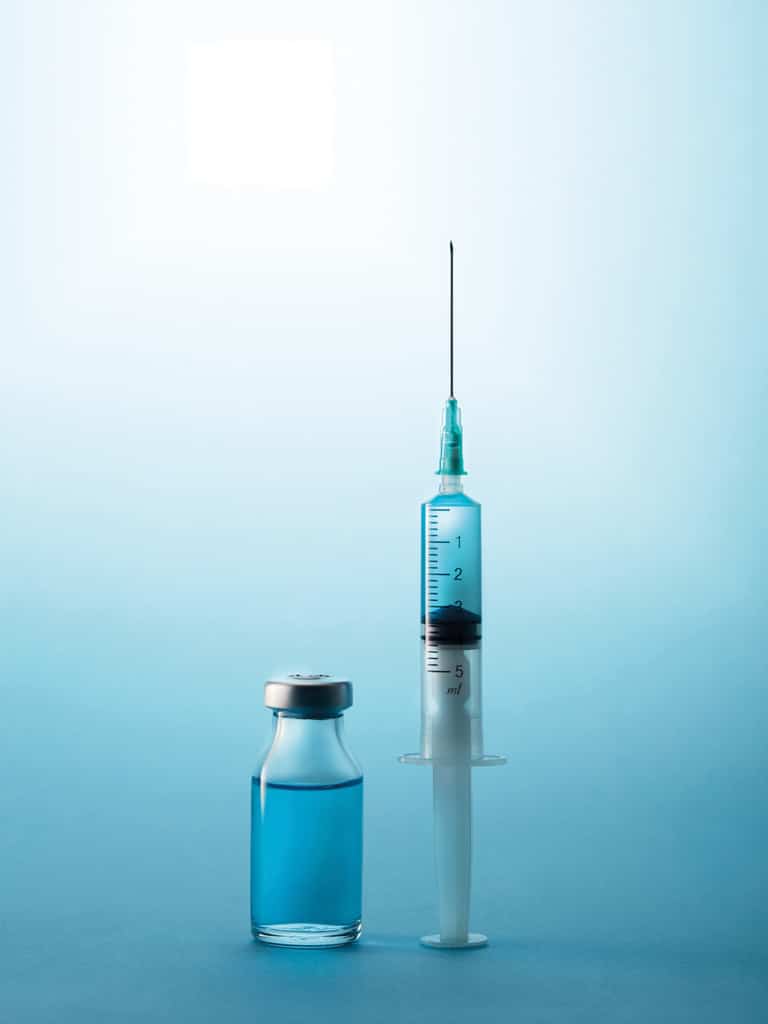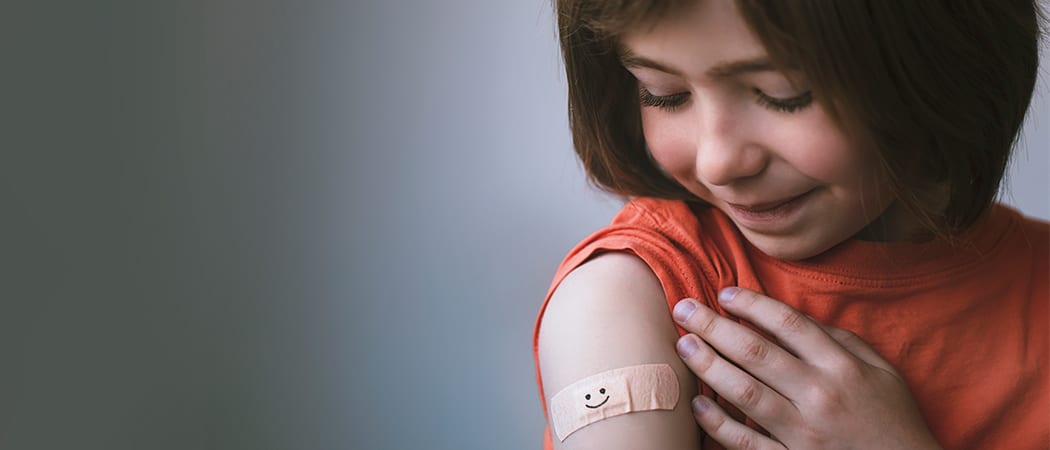TEXT LABOR RELATIONS AND ACCIDENT PREVENTION AREA – SPAIN | IMAGES ISTOCK

Immunization prevents between 3.5 and 5 million deaths each year from illnesses such as diphtheria, tetanus, whooping cough, influenza and measles. More than 20 life-threatening diseases, including pneumococcal pneumonia, cervical cancer, cholera and meningitis, can be prevented thanks to immunization.
Vaccines, although commonly associated with childhood or adolescence, also keep us healthy during adulthood, pregnancy and in old age, thus especially protecting those who are at most risk, helping them to survive without any type of secondary effects caused by the illness in question (for example, the secondary effects of poliomyelitis).
Furthermore, the impact of outbreaks among unvaccinated populations is complex and more costly to control than running a community vaccination program.
For more than 200 years, vaccines have been one of humanity’s allies in its fight against diseases, and we must consider them as one of the best tools available to improve the population’s health, especially when thinking about prevention efforts.

What is an immunization campaign?
It consists of one of the components of health systems, ranging from the systematic immunization of populations at risk to other concepts such as recovery vaccines, boosters on a regular basis as well as efforts aimed at reducing wasted vaccines or missed doses.
How do vaccines work?
Vaccines work by reducing the risk of contracting illnesses, strengthening the body’s natural defenses and helping it to protect itself.
When a person is vaccinated, their immune system is activated, helping it to generate antibodies in the same way it does when exposed to an illness. However, as it contains inactivated or weakened forms of pathogens (such as viruses or bacteria), they do not cause the same symptoms.
The immune system is the series of cells and molecules responsible for defending us against potential attacks. It is not limited to a specific location, as its components can be found in any part of the body.
The immune system is made up of:
- The innate immune system. The most basic system, responsible for the most general actions.
- The adaptive immune system. Responsible for leading the response against a specific target and providing the system with a very important feature: memory.
The innate part acts quickly, eliminating part of the problem, and is responsible for notifying the adaptive part, which takes a little longer to respond. Once adaptive immunity detects a problem for the first time, it won’t forget it; rather, it stores it in its memory, so if the problem is detected again, it responds faster and more powerfully.
The immune system is the series of cells and molecules responsible for defending us against potential attacks. It’s not limited to a specific location, as its components can be found in any part of the body.

The immune system’s cells are phagocytes, which respond by recognizing certain characteristic molecular patterns of microorganisms, engulfing them (phagocytizing them) and eliminating them; they then show parts of these microorganisms so that the T and B lymphocytes become aware of them.
Lymphocytes are components of the acquired immune system. B lymphocytes are responsible for producing antibodies, which are capable of recognizing molecules called antigens and blocking microorganisms, preventing infections in target cells.
Digitalization and data analysis will make it easier to effectively monitor the performance, scope and efficiency of vaccination programs.
What is the current status of immunization and how has the COVID-19 pandemic affected the 2030 immunization agenda?
Despite having taken huge steps forward, in recent years vaccination coverage has stagnated, falling for the first time in a decade in 2020. The pandemic and the disruption it caused have strained health systems over the past two years and it is estimated that at least 23 million children could not be vaccinated against other illnesses in 2020. This figure is 3.7 million children higher than in 2019 and the highest figure since 2009.
The first data for 2021 provided by the WHO shows that the pandemic continued to affect vaccination, although by the end of the year, all countries were vaccinating against COVID-19 and nearly 12 billion doses of these vaccines had already been administered as part of the COVAX Agreement.
What does the future of vaccination have in store for us?
Future lines of immunization are becoming more innovative, with the development of new vaccines, the implementation of innovative forms of administration (techniques that do not involve the use of needles), improvements in vaccine distribution and storage that facilitate access to isolated populations, and improvements in vaccination services, all representing future lines.
Adicionalmente, la digitalización y el análisis de datos facilitarán la posibilidad de monitorizar de forma efectiva el desempeño, el alcance y la eficiencia de los programas vacunales.
Furthermore, digitalization and data analysis will make it easier to effectively monitor the performance, scope and efficiency of vaccination programs.


As reflected in SDG 3 of the United Nations 2030 Agenda, immunization plays a critical role in ensuring a healthy lifestyle, promoting well-being for everybody, no matter what their age.
The aim of the WHO can be summarized as follows: “A world where everyone, everywhere, at every age, fully benefits from vaccines for good health and well-being, reducing mortality and morbidity from vaccine-preventable diseases for everyone throughout the life course, thus contributing to universal health coverage and sustainable development”.
At MAPFRE, people’s health is key. As part of our healthy business model, based on the guidelines set out by international organizations such as the WHO, we also contribute to the fulfillment of the 2030 Agenda, and specifically to SDG 3, which aims to ensure a healthy life and promote well-being for everybody, no matter what their age.




